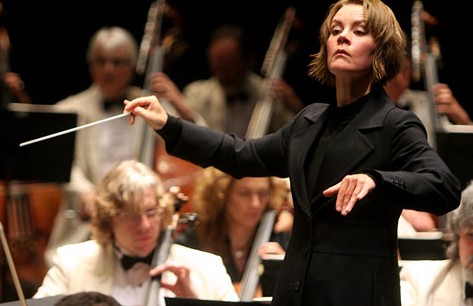-Lucy Green: Music, Gender, Education, Cambridge
University Press, 1997: http://books.google.com/books?id=pZgBNUqIbhQC&printsec=frontcover&hl=fr#v=onepage&q&f=false
-Hildegard von Bingen, Scivias, trans. by Columba Hart and Jane Bishop with an Introduction by Barbara J. Newman, and Preface by Caroline Walker Bynum (New York: Paulist Press, 1990): http://books.google.com/books?id=57Bpx-FW1IsC&pg=PA57&lpg=PA57&dq=Hildegard+von+Bingen
-Bruce Holsinger : “The Flesh of the Voice: Embodiment and the Homoerotics of Devotion in the Music of Hildegard of Bingen ”, Signs: Journal of Women in Culture and Society 19 (Autumn, 1993)
-More about Hildegarde von Bingen: http://www.hildegard.org/
-More about Élisabeth Jacquet de la guerre: http://www.britannica.com/EBchecked/topic/1880620/Elisabeth-Claude-Jacquet-de-la-Guerre
-More about Maria Anna Mozart in the New Grove Dictionary: www.oxfordmusiconline.com
-More about Fanny Mendelssohn-Hensel: http://www.fannyhensel.de/hensel_eng/bio_frame.htm
-More about Clara Schumann: http://www.kapralova.org/journal13.PDF
-More about Antonia Brico: http://www.nytimes.com/1989/08/05/obituaries/antonia-brico-87-a-conductor-fought-barriers-to-women-in-30-s.html and
http://archives.susanfleet.com/documents/antonia_brico-and_marin_alsop.html
-More about the Wiener Philharmoniker: http://en.wikipedia.org/wiki/Vienna_Philharmonic#Orchestral_membership_of_women_and_non-European_ethnicities
-More about the French scandal on female conductors:
http://www.therestisnoise.com/2013/10/female-conductors-cont.html https://www.artsjournal.com/slippeddisc/2013/10/women-dont-want-to-conduct-because-its-incompatible-with-family-life.html
-More about women in jazz: http://midget38.hubpages.com/hub/How-women-have-influenced-jazz-music-through-the-decades
-Walter Benjamin: The Work of Art in the Mechanical Age of Reproduction
-Theodor Adorno/Max Horkheimer: The Culture Industry: Enlightenment and Mass Industry and Towards a New Manifesto
- Feminist Interpretations of Theodor Adorno (a collective work edited by Renée Heberle): http://www.mohamedrabeea.com/books/book1_10565.pdf
-Bethany Klein: The new radio: music licensing as a response to industry woe
-Sinéad O'Connor's open letter to Miley Cyrus: http://www.theguardian.com/music/2013/oct/03/sinead-o-connor-open-letter-miley-cyrus
-More about Julia Fischer: http://www.juliafischer.com/index.php/en/
-More about Kaija Saariaho: http://www.nytimes.com/2010/09/19/arts/music/19maa.html?pagewanted=all&_r=0
-Claire Chase, a Mac Arthur prize winner: http://www.macfound.org/fellows/860/
-A report on the presence of women on the French music scene, Where are Women: http://www.sacd.fr/uploads/tx_sacdresources/OuSontLesFemmes2013.pdf
-A report on the presence of women on the French music scene, Where are Women: http://www.sacd.fr/uploads/tx_sacdresources/OuSontLesFemmes2013.pdf
-Wikipedia (articles in French and English): Hildegard von Bingen, Élisabeth Jacquet de La Guerre, Anna Maria Mozart, Fanny Mendelssohn, Clara Schumann, Wiener Philharmoniker, Marcia Griffith






